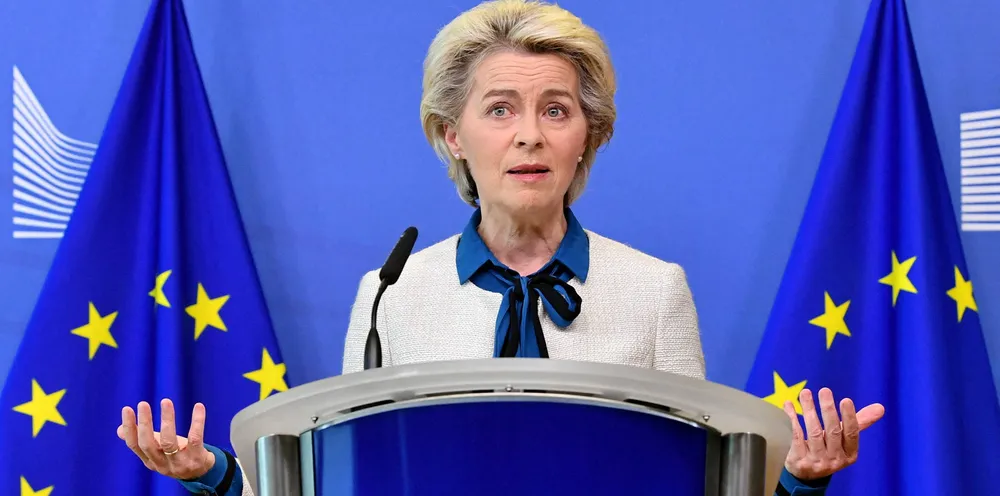Proposed stringent EU rules on green hydrogen ‘would put the brakes on development’
New plans on 'additionality' and strict hour-by-hour coupling of wind and solar output to electrolysers would increase the price of renewable H2, says RWE

New plans on 'additionality' and strict hour-by-hour coupling of wind and solar output to electrolysers would increase the price of renewable H2, says RWE
